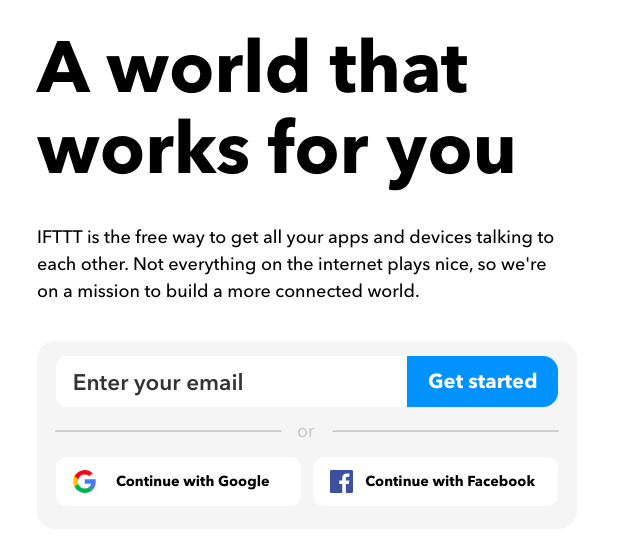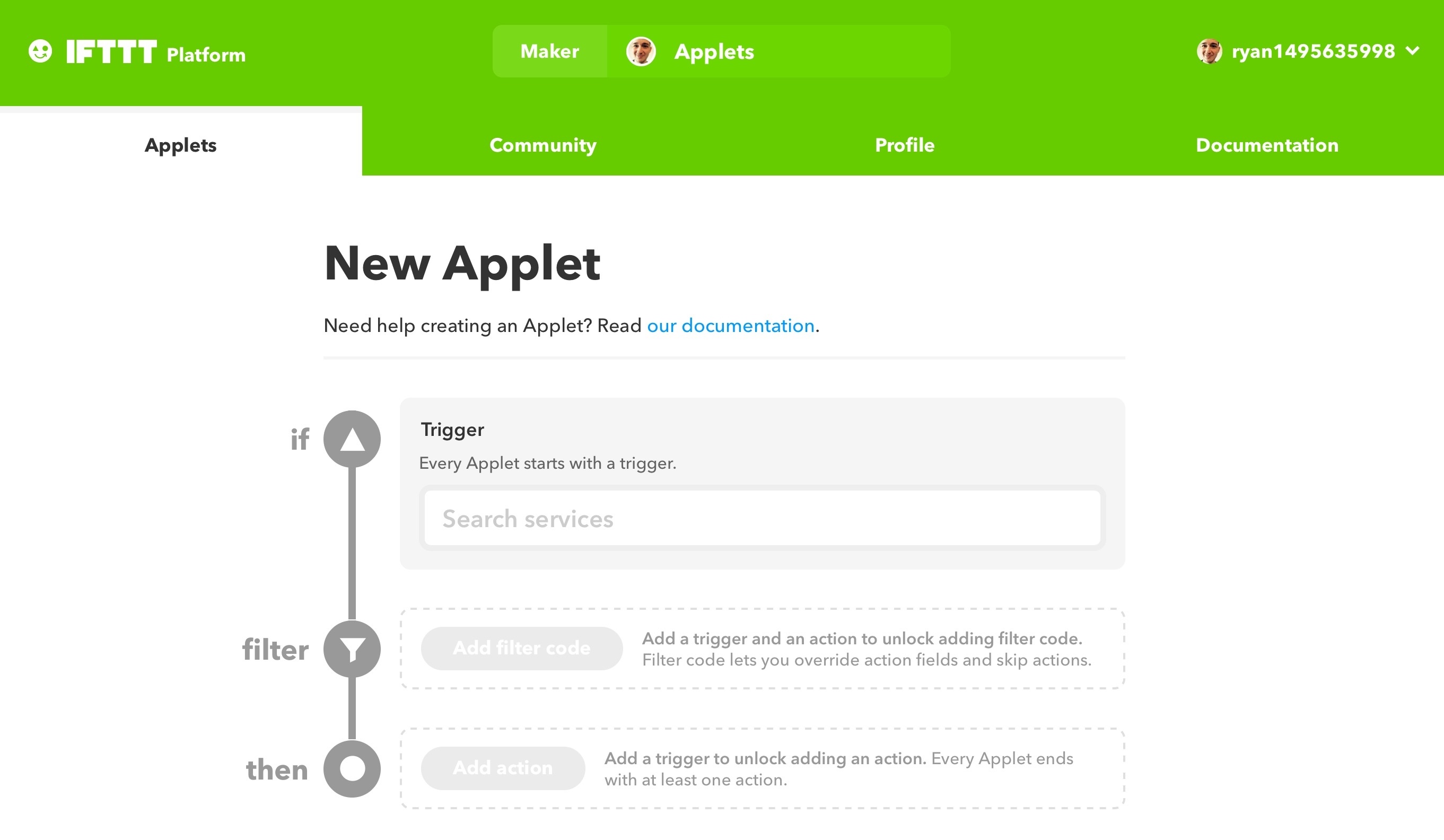
The Ultimate Guide to Conversion Rate Optimization for Any Business
Whether you’re a seasoned marketer or just starting out, conversion rate optimization (CRO) is a powerful tool that can boost your sales, leads, and overall
 IFTTT stands for “If This, Then That.” In other words: “If one thing happens, make something else to happen automatically.” For example: “If I arrive at work, put my Android device on mute.” IFTTT gives you the ability to create rules that your devices will follow. It’s a great solution if you’re looking to automate certain tasks.
IFTTT stands for “If This, Then That.” In other words: “If one thing happens, make something else to happen automatically.” For example: “If I arrive at work, put my Android device on mute.” IFTTT gives you the ability to create rules that your devices will follow. It’s a great solution if you’re looking to automate certain tasks.


Welcome to John Lincoln’s personal website. On this website, we offer courses by John Lincoln, review software, publish articles and videos. You can also learn about John Lincoln’s books, films, book him to speak and contact him. John is directly associated with many of the businesses mentioned on this website and freely discloses this information.

John Lincoln is CEO of Ignite Visibility, one of the top digital marketing agencies in the nation. Ignite Visibility is a 4x Inc. 5,000 company. Ignite Visibility offers a unique digital marketing program tied directly to ROI with a focus on using SEO, social media, paid media, CRO, email, Amazon and PR to achieve results. Outside of Ignite Visibility, Lincoln is a frequent speaker and author of the books “Digital Influencer” and “The Forecaster Method.” Lincoln is consistently named one of the top digital marketers in the industry and was the recipient of the coveted Search Engine Land “Search Marketer of The Year” award. Lincoln has taught digital marketing and Web Analytics at the University of California San Diego since 2010, has been named as one of San Diego’s most admired CEO’s and a top business leader under 40. Lincoln has also made “SEO: The Movie” and “Social Media Marketing: The Movie.” His business mission is to help others through digital marketing.
Want to get in touch with John Lincoln? Click Here To Reach Out.

Whether you’re a seasoned marketer or just starting out, conversion rate optimization (CRO) is a powerful tool that can boost your sales, leads, and overall

Feeling overwhelmed by the sea of SEO companies out there? You’re not alone! Choosing the right partner is crucial for achieving your online marketing

In 2024, business blogging is not only still relevant – it’s a critical component of any content marketing strategy. Companies that blog generate 67% more
 Complete BrightEdge Review (Is It Right For You?)
Complete BrightEdge Review (Is It Right For You?) How would you like a comprehensive digital marketing toolset that handles keyword analysis, rank tracing, technical SEO, content marketing, backlink